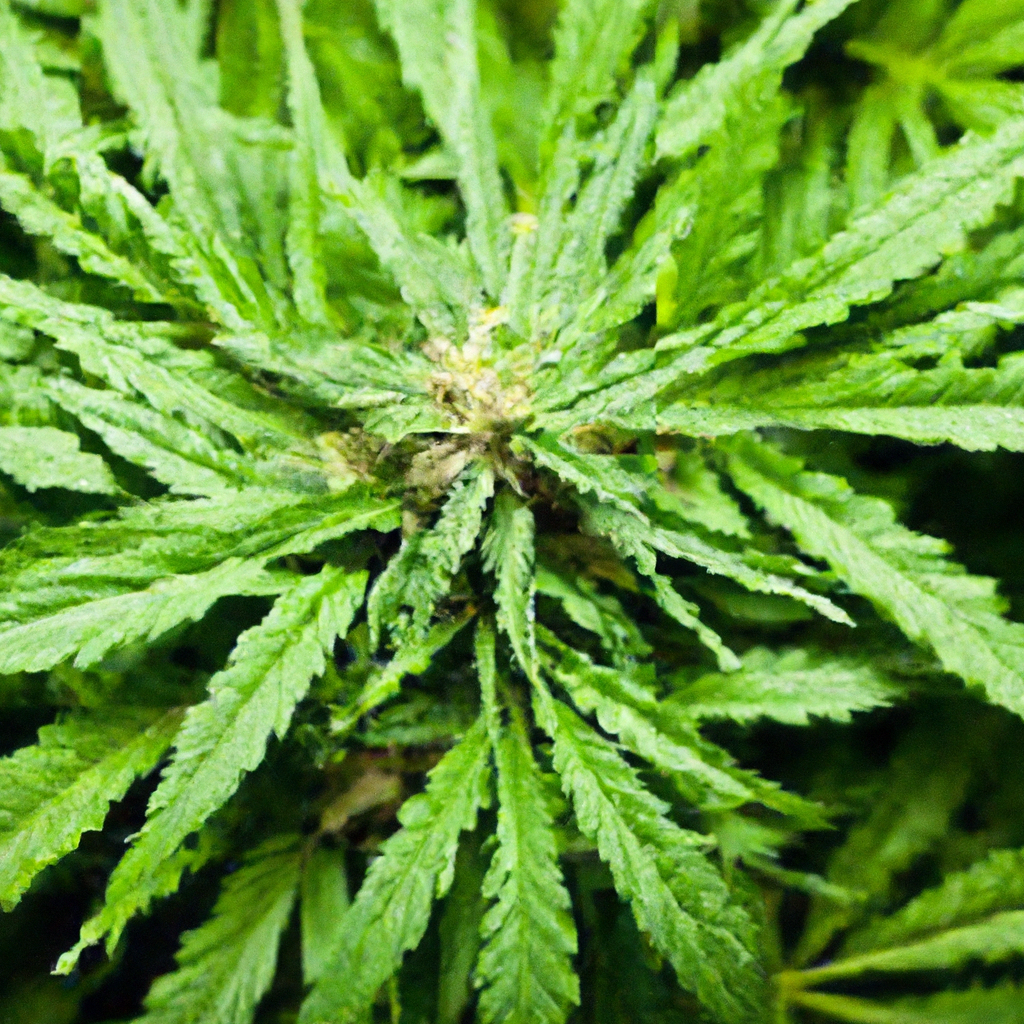Your cart is currently empty!
The rise of organic cannabis cultivation reflects a growing desire for eco-friendly and health-conscious agricultural methods. By integrating natural fertilizers, compost, and pest management techniques, growers can produce superior plants while maintaining environmental harmony. This guide explores best practices for mastering the art of organic cannabis cultivation while promoting sustainability.
Introduction to Organic Cannabis Cultivation
Organic cannabis cultivation emphasizes the use of natural inputs and processes, avoiding synthetic chemicals and genetically modified organisms (GMOs). This approach not only enhances the environmental footprint but also ensures the production of cleaner, more flavorful cannabis.
Natural Fertilizers and Compost
- Compost: Create nutrient-rich compost by recycling organic waste materials such as leaves, food scraps, and plant clippings. This natural humus boosts soil fertility and structure, encouraging healthy plant growth.
- Animal-Based Fertilizers: Use organic inputs like fish emulsion, bone meal, and blood meal. These high-nitrogen amendments promote robust leaf and stem development.
- Plant-Based Fertilizers: Incorporate alfalfa meal, kelp meal, and comfrey to provide essential nutrients and enhance soil biology.
Building Healthy Soil Ecosystems
A thriving soil ecosystem is crucial for the success of any organic cannabis grow. It’s essential to cultivate a diverse microbial community to decompose organic matter and sustain plant health.
- Soil Amendments: Add materials like vermiculite, perlite, and peat moss to improve aeration and moisture retention.
- Beneficial Microbes: Use mycorrhizal fungi and Trichoderma to enhance nutrient uptake and protect plants from diseases.
- Mulching Techniques: Apply a layer of natural mulch, such as straw or wood chips, to retain soil moisture and suppress weeds.
Efficient Pest Control Methods
Organic cultivation relies on innovative pest management techniques that prioritize natural solutions over chemical interventions. Here’s what you can do:
- Companion Planting: Grow plants like marigolds, basil, or garlic alongside cannabis to repel common pests.
- Beneficial Insects: Introduce ladybugs, predatory mites, and parasitic wasps to manage pest populations biologically.
- Neem Oil: This natural oil, derived from the seeds of the neem tree, can deter many insects and reduce fungal infections.
The Environmental and Consumer Benefits
Cultivating cannabis organically benefits both the planet and consumers. By reducing chemical runoff and preserving biodiversity, organic practices lead to healthier ecosystems. For consumers, organically grown cannabis offers a purer product, free from harmful residues, with enhanced flavors and aromas contributed by a rich terpene profile.
Conclusion
Embracing organic cannabis cultivation is a rewarding journey that requires patience and commitment. By focusing on sustainable and natural practices, cultivators can produce high-quality cannabis that honors both environmental and consumer health. With the right techniques, growers can achieve excellent yields while facilitating a positive ecological impact.
Discover more from Magic Clones
Subscribe to get the latest posts sent to your email.


Leave a Reply